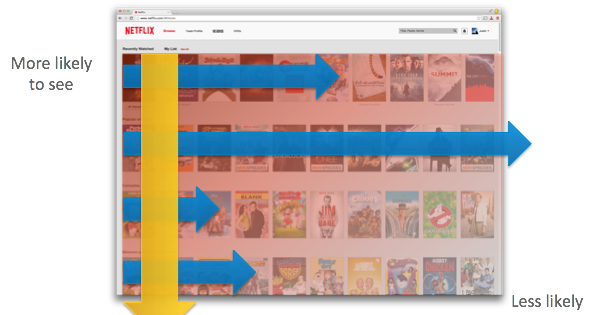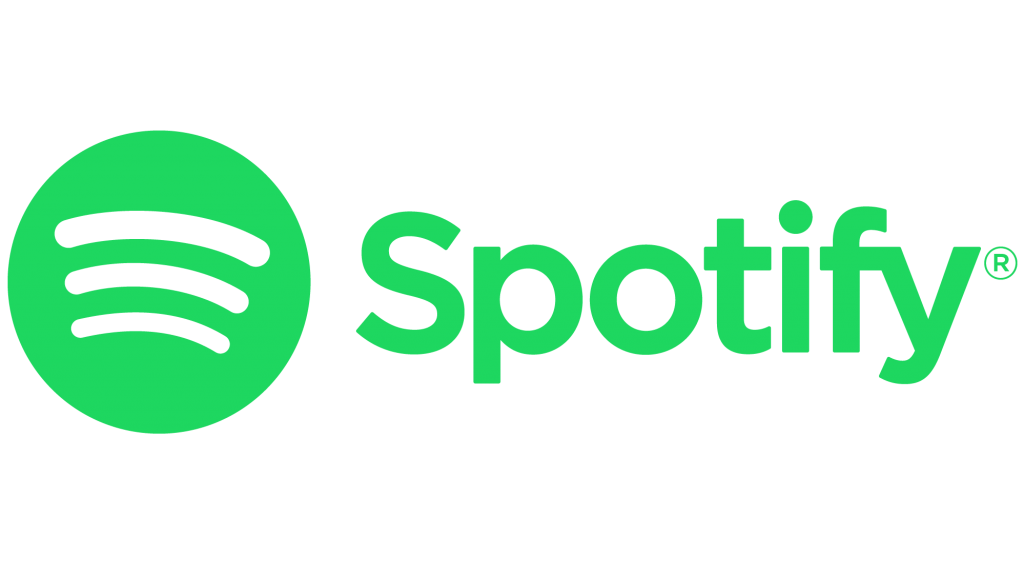Streaming services have become more and more common throughout the years. Particularly with the pandemic and the need to stay at home, most people turned to streaming services like Netflix, HBO or Amazon Prime to watch new shows or to continue those which were stopped because there wasn’t time to watch them. And anyone who uses a streaming service has probably noticed the phrases “More like…”, “Thinking of you” in Netflix/HBO or the “Made For You” playlists in Spotify. So, how do these services know what we would like to watch or listen to?
In the first week of research topics in STOR-i, we had a lecture in Network Modelling and were presented with some examples, one of them being Recommendation Systems. These systems aim to filter information so that they are able to make predictions about a user’s preference to a certain product, in the case of Amazon, or to generate playlists for their audience, in the case of Netflix/HBO or Spotify. They mainly use the history of their users to achieve this.

Netflix uses two approaches for its recommender system: a collaborative filtering and a content filtering. In the first, they keep track of what their users liked in the past in order to suggest a similar content for them to watch in the future. In the case of the latter, the service doesn’t really know the user but it still has information about a show. So, a classifier to model the likes and dislikes of the users concerning specific attributes of the show is used.
Netflix has also access to the information given by us. They know our details, the time of the day and the day of the week we logged in, or the frequency we watched a show/movie. Then they use this knowledge to personalise our Netflix profile. For instance, they use a row-based ranking system: within each row and across rows. Each row will highlight a particular theme and the strongest recommendations are on the left and on top, as it is shown below:

The recommendation of new shows is done using several algorithms. Some examples are Personalised Video Ranking, which filters the shows by different criteria (e.g. British TV shows) or Trending Now, which are temporal trends (e.g. seasonal trend or short-term interested shows). Additionally, Netflix aims to make the users believe that they are adjusting to their preferences and therefore make use of the phrases such like “Based on your interest on …” or “Similar to …” to suggest the user similar content.

Another example of a recommender system is Spotify. Who has never wondered how it suggests new music without recommending the same content over and over again? As Netflix, Spotify uses historical information of its users, namely what they listen to, skip or add to a playlist, keeping record of the attributes of each song streamed.
They use 3 recommendation systems: collaborative filtering, natural language processing and audio models. As Neflix or HBO, Spotify uses the first to predict what its users may enjoy listening to. Everyone familiar with Spotify knows the “Discover Weekly Playlist”, available every Monday. This playlist consists on 30 songs, never streamed by the user, that Spotify feels like will meet their preferences. But how do they know which songs to include in the playlist? Briefly, a binary system is used where 1 is assigned to a song that was streamed and 0 to one that was never streamed. Then, the songs are ranked based on the likelihood the user will engage with them. A similar approach is taken by Amazon to suggest its products to the consumers.

In the Natural Language Processing, the algorithm used turns playlists into text documents and then analyses how the lyrical patterns of each song relates to one another. Then, it tries to predict the meaning of phrases and recommends songs based on common adjectives. This approach was found to raise new links which previously were unseen and/or unknown. The last algorithm is based on audio models. Spotify uses neural networks to understand the characteristics of each song. It processes new audio to produce a range of attributes, such as the tempo or the key of the song and inserts these new songs into the right playlist. That’s why we might have a song by an artist that we have never heard of in our playlist.
What now?
If you found this blog post appealing, there are a lot of interesting posts about Recommendation Systems and how they work within each streaming service that can be found online. Some are listed below:
- Netflix Recommender System — A Big Data Case Study
- Deep Dive into Netflix’s Recommender System
- How Spotify Recommends Your New Favorite Artist
- CCTP-607: “Big Ideas”: AI to the Cloud
- The Amazon Recommendations Secret to Selling More Online
Thank you for reading, I hope you liked the post. See you soon!


Great post! 🙂